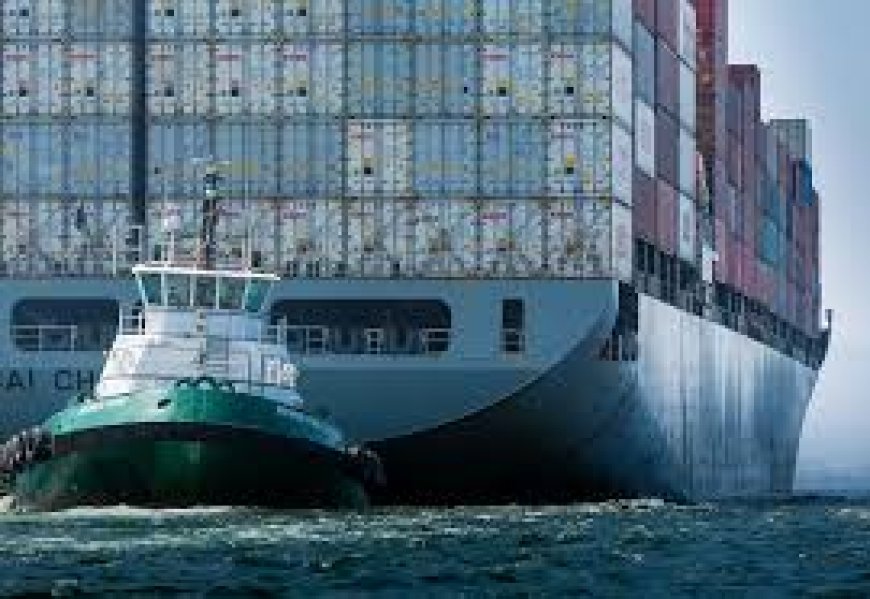EU readies €100 billion no-deal plan to match US' 30% tariff
The EU prepares a €100 billion emergency response to counter U.S. 30% tariffs, signaling a new phase in transatlantic trade tensions. Full analysis, market reaction, and investor outlook.

Brussels | July 23, 2025 — In a dramatic escalation of trade tensions, the European Union has unveiled a contingency plan worth €100 billion to counter the United States' decision to impose a sweeping 30% tariff on a wide range of EU exports. The bold move signals a potentially seismic shift in global trade dynamics, as the EU attempts to shield its industries while preserving diplomatic space for future negotiations.
EU Strikes a Defiant Tone Amid Tariff Shock
The European Commission’s Executive Vice-President for Trade, Margrethe Vestager, announced the no-deal response plan during a high-stakes press briefing in Brussels, describing the U.S. tariffs as “unilateral, protectionist, and harmful to the global rules-based order.”
“This €100 billion plan is not a declaration of war, but a statement of strength and solidarity,” Vestager said. “Europe will not stand idle as its economic interests are undermined.”
The emergency package is aimed at supporting sectors hardest hit by the U.S. tariffs, including automotive, agricultural, and machinery exports. It includes liquidity aid for exporters, loan guarantees, subsidies to promote internal demand, and accelerated trade diversification with Asia, Latin America, and Africa.
Washington’s Justification and EU’s Concerns
The Biden administration defended its tariffs, citing persistent trade imbalances, perceived state subsidies by European governments, and national security concerns tied to tech and defense supply chains. A White House spokesperson labeled the measures “a necessary recalibration of economic relations with our partners.”
In contrast, EU officials argue the tariff regime violates World Trade Organization (WTO) norms. Brussels has already initiated dispute settlement proceedings at the WTO but warns that litigation alone is insufficient.
“We are simultaneously pursuing diplomacy and deterrence,” said Josep Borrell, the EU’s High Representative for Foreign Affairs. “Strategic autonomy also means standing our economic ground.”
Analyst Reactions: “Not Just a Trade Dispute, but a Systemic Split”
Market analysts and economists have warned of deeper ramifications.
“This is no longer just a tariff spat. It’s a signal that global trade is fragmenting into rival spheres of influence,” said Dr. Liesel Merten, Senior Economist at Deutsche Bank. “We’re seeing the West itself fracture economically, which could have cascading effects.”
According to ING’s Chief Global Strategist, Philippe Lemoine, the EU’s fund is “ambitious but necessary,” yet he cautioned that “matching Washington euro-for-dollar will not be easy, especially with member states divided on budgetary priorities.”
Market Impact: EU Stocks Wobble, Currency Volatility Spikes
Following the announcement, European stock markets closed lower amid investor uncertainty. The EuroStoxx 50 fell by 1.8%, led by losses in automakers like Volkswagen (-3.4%) and Peugeot (-3.1%). The euro also weakened by 0.6% against the U.S. dollar, dipping to $1.08 amid speculation over ECB intervention.
Commodities, meanwhile, saw divergent trends. European wheat futures dipped on expectations of U.S. retaliation against EU agricultural products, while rare earth metals spiked, reflecting fears of supply chain disruptions in clean-tech manufacturing.
Trade Diversification and Supply Chain Realignment
In the plan’s fine print, the EU emphasized a strategic pivot toward fast-growing economies. Trade commissioners have been instructed to accelerate free trade talks with India, the ASEAN bloc, and Mercosur.
“Europe must become less dependent on any single trading partner. This is a wake-up call,” said France’s Economy Minister Bruno Le Maire. “Resilience now takes precedence over efficiency.”
Germany, typically dovish on transatlantic trade, is reportedly warming to this harder stance, given the vulnerability of its auto sector. Chancellor Annalena Baerbock remarked, “We need to rewire the circuits of globalization.”
Investor Outlook: A Cautious Wait-and-See
Despite the turbulence, institutional investors are treading carefully.
“Markets hate uncertainty, and this tit-for-tat dynamic is inherently destabilizing,” said James Collins, Global Head of Equities at BlackRock. “But if the EU deploys this fund wisely—through targeted stimulus and accelerated diversification—there could be long-term upside for regional supply chains and tech independence.”
Venture capital firms are reportedly eyeing EU green energy and semiconductor startups as potential beneficiaries of redirected funding.
Still, Collins warned: “Any sustained escalation could push Europe into a stagflation trap if retaliation spirals out of control.”
What Comes Next: A Test of Resolve and Unity
With both sides hardening their positions, trade talks remain stalled. However, backchannel diplomacy is reportedly ongoing, particularly between EU and U.S. trade envoys.
Brussels has signaled willingness to suspend implementation of its no-deal plan if Washington reconsiders the tariff scope. But for now, the €100 billion war chest stands as both a shield and a message.
“In this geopolitical era,” said Vestager, “economic power is national security. Europe will not be caught off guard.”
What's Your Reaction?
 Like
0
Like
0
 Dislike
0
Dislike
0
 Love
0
Love
0
 Funny
0
Funny
0
 Angry
0
Angry
0
 Sad
0
Sad
0
 Wow
0
Wow
0












































































